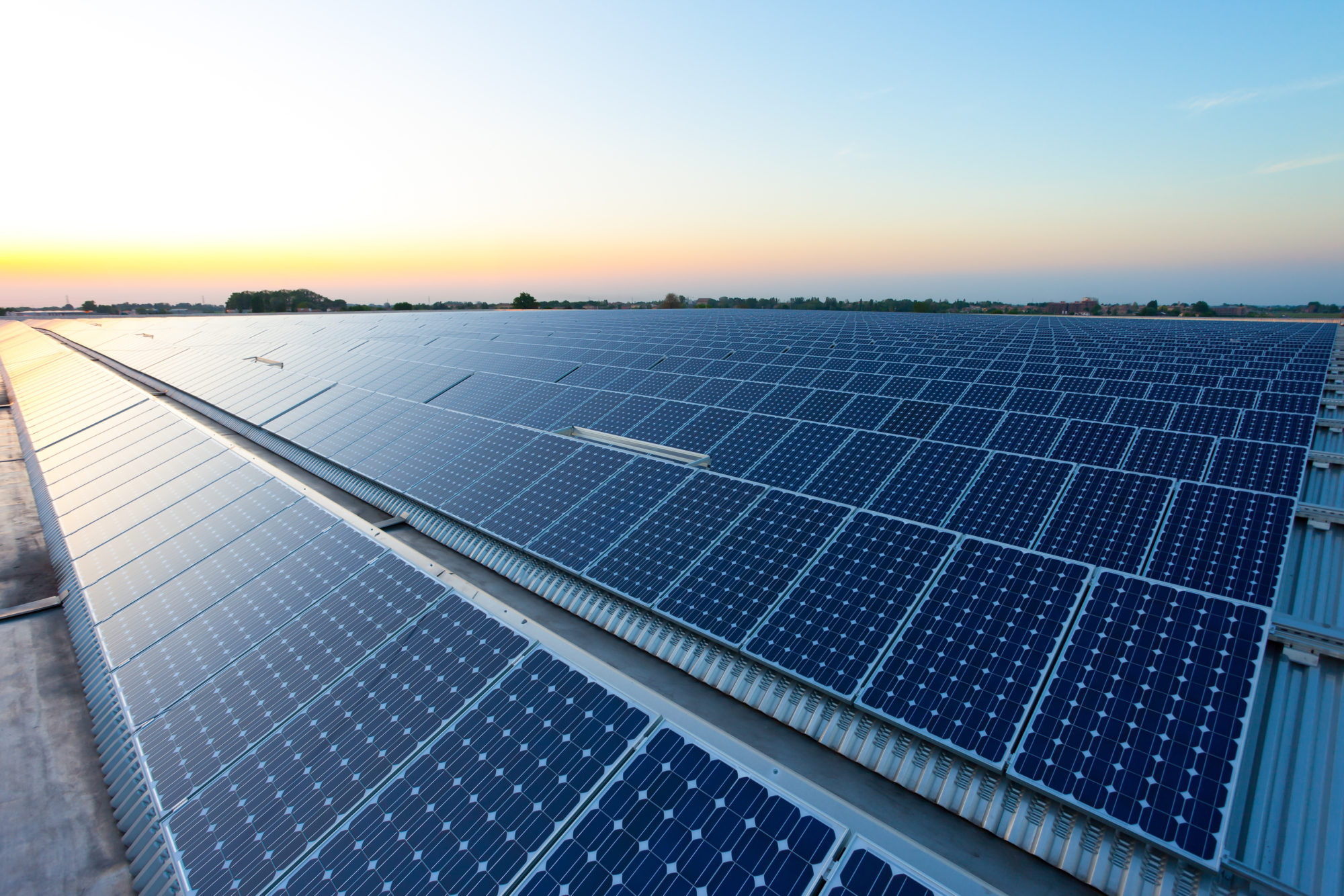2020 has been an informative year for the solar industry. In times of cancelled trade shows and conferences due to Covid-19, the solar community has tapped the potential of virtual events. In this article, we summarize the learnings from four notable events our experts participated in. These are the Solar Asset Management, Solar Power International, Solar Summit, and the PV Magazine Roundtable events.
Out of over 100 hours of courses, webinars, and conversations, our expert Damon Nitzel, Application Development Manager filtered two main statements that outline the big picture for current trends in the solar industry.
1. More data on solar irradiance is required to boost predictive analytics, that improve pre-construction production estimates and increase site performance while reducing maintenance labor costs. 2. The solar industry has begun to earn the trust in both economy and society, and this requires that all of the market players continue to focus on building for long-term resilience using quality, as opposed to lowest-bid construction.
Damon Nitzel, Application Development Manager
Reducing labor costs
Many PV plants are located in remote places like deserts. The interesting concept of floatovoltaics could carry this trend even off shore (Here is an article by NBC News on floating photovoltaics). To enable remote working power plants on a large scale, many more data points are needed. Working remotely requires accurate predictive analytics regarding power production and maintenance. Higher data density and additional types of measurements can help site operators determine where performance ratio (PR) losses could come from via warning signs, degradation rates, soiling rates, weather forecasts.
Reducing staff is not only a matter of costs but also of skilled labor shortage. The Solar market is growing really fast, and with 15-20% growth rates the solar industry needs to constantly hire. The problem becomes a knowledge and training gap which leads to project completion delays.
Here are some key steps to foster effective remote PV site management and reduce the need for on-site labor:
- Increase real-time data to determine root cause remotely before sending a technician. Know what parts are needed, how much labor time, and if the cost to go to site for a single fix will be worth it or if they should wait for multiple repairs or regular maintenance visits to make the necessary repair.
- Automate as much repair, cleaning, and vegetation management as possible
- Build sites better – prevent future maintenance and repowering needs due to poor quality cabling, connectors, junction boxes, and combiners boxes
- Drones are a great tool for existing site evaluation before a purchase. They allow module-level analysis to determine site health and give confidence to the investor
The viability of solar energy is dependent on plant resiliency
Constructing a PV site requires long term vision because let’s face it: No one is happy when the power goes out. Our market is made stronger when power users are able trust the long-term stability of PV power generation. This had led to many industry leading companies considering upstream and downstream effects at the cost of short-term profits. It seems this change in vision is happening because young sites (even only 3-4 years old) are suffering performance losses from simple problems that could have easily been prevented.
Reducing downtime is a critical part of a site’s resiliency plan and identifying the cause of performance loss(es) remotely, especially in a predictive manner (not just what is wrong, but what is going to be wrong), is instrumental for a fast, appropriate response. This is difficult when insufficient monitoring equipment is installed. Reliable monitoring of various site and environmental parameters is essential to identifying causes of performance losses, which come in two major categories; recoverable losses to take action on, such as broken panels, stuck tracks, soiling, and unrecoverable to account for, such as cloud cover, extreme weather, and smoke).
Site financial viability will depend increasingly on realistic performance predictions
Site owners/financiers tend to expect projects to perform as if they are operated in optimistic conditions, which unfortunately are often not realistic. Factors including weather conditions, module soiling, resource availability, module degradation rates, equipment failure rates can all make it difficult for site operators to meet the demands of the project’s power output agreements.
Can problems be fixed in a timely manner?
Are panels washed only when they are dirty?
Is the new site going to be prone to more extreme weather brought on by climate change?
These are only a few of many common questions being asked as projects are being approved. As more PV installations go online and generate historical production data sets, these data can be used to optimize and improve the production forecasts for new sites. With funding sources looking to shift away from tax equity, improved production forecasts will be critical to prevent new sites from going into default due to underperformance.
Do you want to learn more about the solar and meteorological monitoring capabilities of OTT HydroMet?
Check the free Solar Microlibrary we’ve compiled for you. There you’ll find astonishing case studies from projects worldwide as well as valuable whitepapers full of technical and scientific background.




